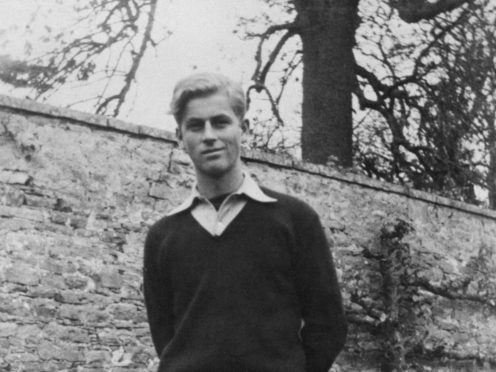Prince Philip always spoke his mind, talked about his belief in the power of sport and physical exercise, and never suffered fools gladly, if at all, during his long life.
Much of this philosophy was developed during his formative years at Gordonstoun, the innovative public school in Moray which was developed by Kurt Hahn, and impressed Prince Philip so much he sent all his three sons there.
After his arrival in 1934, he flung himself into the often rigorous regime and was, as one former master revealed later, “totally in his element”.
In the ensuing years, he flourished at the Morayshire school. Some traditionalists dismissed Hahn’s experiment as a somewhat spartan fad – even by the notoriously harsh standards of the British boarding school.
But, term after term, the prince demonstrated that, for the right kind of pupil, it offered everything a growing boy could require, both physically and intellectually.
One teacher stated in the 1970s: “As a born athlete, Philip’s sporting prowess was undeniable. It won him the captaincy of both the hockey and cricket teams, while his natural leadership skills made him an excellent choice for head of the school. He was a strong, single-minded presence, somebody the other boys looked up to.
“He also showed his sense of adventure and love of life on the ocean wave at regular intervals and it wasn’t surprising he joined the Navy afterwards: among his favourite
extra-curricular activities were the exciting if perilous sailing expeditions that the school organised around the coasts of Scotland and Norway.”
The young prince, who had already suffered crises and pressures far beyond the imaginings of most teenagers, managed to transform himself into the Gordonstoun ideal.
As Hahn stated, he became a “strong, self-reliant individual, who was ever ready to tackle whatever new challenges life cared to throw at him”.
Prince Philip left Gordonstoun in 1939, but the pioneer spirit it had fostered in him was invaluable.
